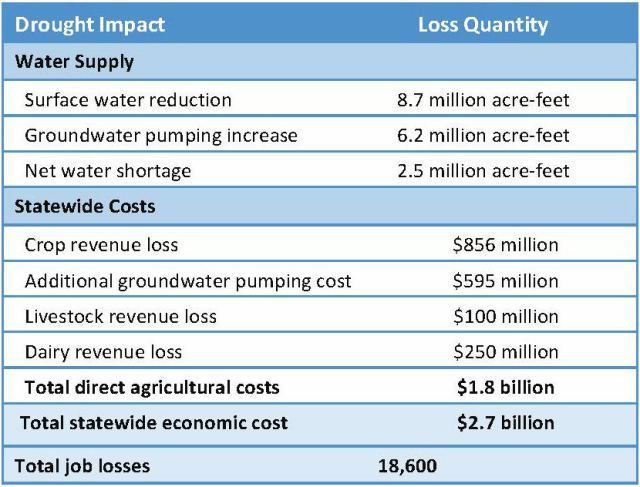California Drought 2015: Californians Are Using Less Water, But Cuts Don't Go Deep Enough

Californians are turning off the taps in the face of a devastating four-year drought. Cities and towns across the Golden State cut water usage by an average of 13.5 percent in April, up from 3.9 percent in March, state water authorities reported this week.
The monthly declines are from the base year of 2013, before the state adopted any emergency water regulations. In April, Gov. Jerry Brown mandated unprecedented cuts in urban water use after the state’s snow pack -- a vital source of drinking water -- measured at just 8 percent of its normal levels. The executive order, which officially took effect Monday, requires urban residents and businesses to curb water consumption by 25 percent.
Overall, Californians cut their water use by 9 percent between June 2014 and April through a combination of voluntary and mandatory measures, according to the State Water Resources Control Board.
Felicia Marcus, chairwoman of the water board, said April’s results are “a step in the right direction” but stressed the cuts don’t go deep enough. “There are still too many lush landscapes where irrigation must be reduced to meet the 25 percent statewide reduction mandate,” she said in an agency meeting Tuesday in Sacramento.
She said it’s unclear whether cooler weather this spring contributed to April’s water conservation improvements or if the reductions were purely the result of concerted efforts by residents. “The real test will be what happens as we move into the hot and dry summer months, when we need to keep the sprinklers off as much as possible,” she added. “This summer, watering lawns should be the exception rather than the rule, while we reserve our precious landscape water for trees.”

While California’s water rationing has primarily targeted cities and towns, farmers and agricultural producers are now facing restrictions of their own. The water board last week ordered a 10-day cutback in the flows being released from Lake Shasta, where dropping water levels are threatening an endangered species of salmon.
Farmers at Tuesday’s meeting said the temporary cutback is tolerable. But they raised concerns that the curtailments could go deeper and last longer, the Sacramento Bee reported. “There’s a lot of anxiety from a water supply standpoint,” Ron Milligan, operations manager with the federal government’s Central Valley Project, said at the meeting.
At the same time, California’s drought has hit farmers the hardest. They now face revenue losses of $1.2 billion and additional costs of $600 million this year -- equal to about 4 percent of the state’s $45 billion agricultural economy, preliminary estimates by the Center for Watershed Sciences at the University of California, Davis showed this week.
Overall, researchers estimate California’s economy faces a $2.7 billion economic impact from the drought when including effects on non-agricultural sectors and the loss of about 18,600 jobs.
© Copyright IBTimes 2025. All rights reserved.




















